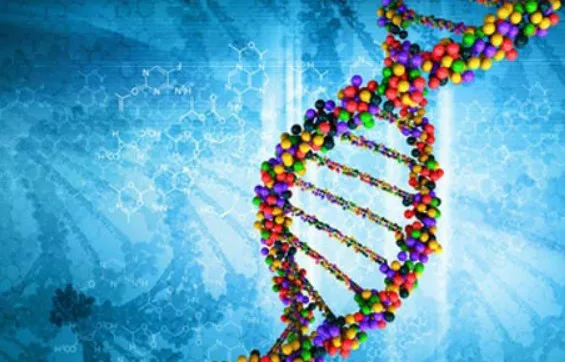In this article, you will learn about the differences between genetic and species diversity. You will gain an understanding of what these two concepts mean, why they are important, and how they are measured. By the end of the article, you will be able to distinguish between genetic diversity and species diversity, and appreciate the significance of both concepts in ecology and evolutionary biology. Furthermore, you will understand the factors that affect genetic and species diversity and how human activities can threaten biodiversity. This article aims to provide you with a clear and concise overview of these two important aspects of biodiversity.
Genetic diversity and species diversity are two important concepts in ecology and evolutionary biology. Genetic diversity refers to the variation in genetic makeup within a species, while species diversity refers to the number of different species in a given ecosystem or geographic region. While these two concepts are related, they are distinct and have important implications for the health and stability of ecosystems.
Genetic Diversity
Genetic diversity refers to the variability in the genes and traits of individuals within a species. This variation can be caused by several factors, including mutation, recombination, and genetic drift. Genetic diversity is important because it allows species to adapt to changing environments and helps to ensure the long-term survival of a species. Inbreeding and genetic bottlenecks can lead to a loss of genetic diversity and reduce the ability of a species to adapt to changing environmental conditions.
Species Diversity
Species diversity refers to the number of different species present in a given ecosystem or geographic region. It is a measure of the variety of life forms and their interactions within an ecosystem. High species diversity can indicate a healthy and stable ecosystem, as it suggests a balance between different organisms and their roles in the ecosystem. Low species diversity can indicate a disturbance or imbalance in the ecosystem, which can have negative effects on the ecosystem’s health and function.
Differences between Genetic and Species Diversity
The following table summarizes some of the key differences between genetic diversity and species diversity:
| Genetic Diversity | Species Diversity | |
|---|---|---|
| Definition | Variation in the genes and traits of individuals within a species | Number of different species present in a given ecosystem or geographic region |
| Importance | Allows species to adapt to changing environments and helps ensure long-term survival of a species | Indicates a healthy and stable ecosystem, suggests a balance between different organisms and their roles in the ecosystem |
| Measured by | Genetic markers such as DNA sequences or protein profiles | Species inventories or counts |
| Scope | Within a species or population | Across different species in an ecosystem |
| Factors that affect it | Mutation, recombination, genetic drift, inbreeding, and genetic bottlenecks | Habitat loss, fragmentation, invasive species, climate change, and human activities such as pollution and overexploitation |
In summary, genetic diversity and species diversity are both important concepts in ecology and evolutionary biology, but they represent different aspects of biodiversity. Genetic diversity is important for the long-term survival and adaptation of a species, while species diversity is important for the health and stability of ecosystems. Both genetic and species diversity are threatened by human activities such as habitat destruction and climate change, highlighting the need for conservation efforts to preserve biodiversity.
You Might Also Like To Read:

